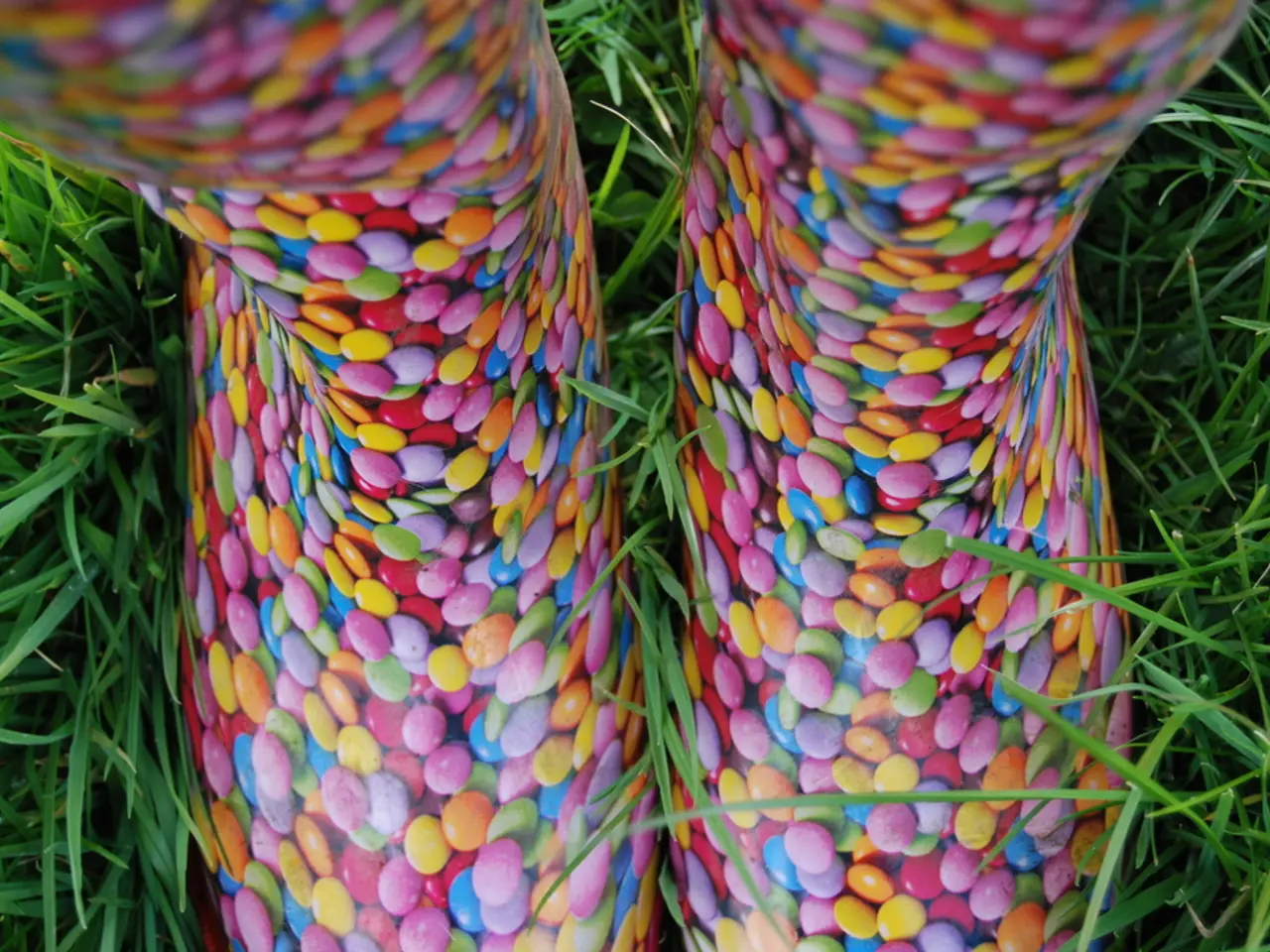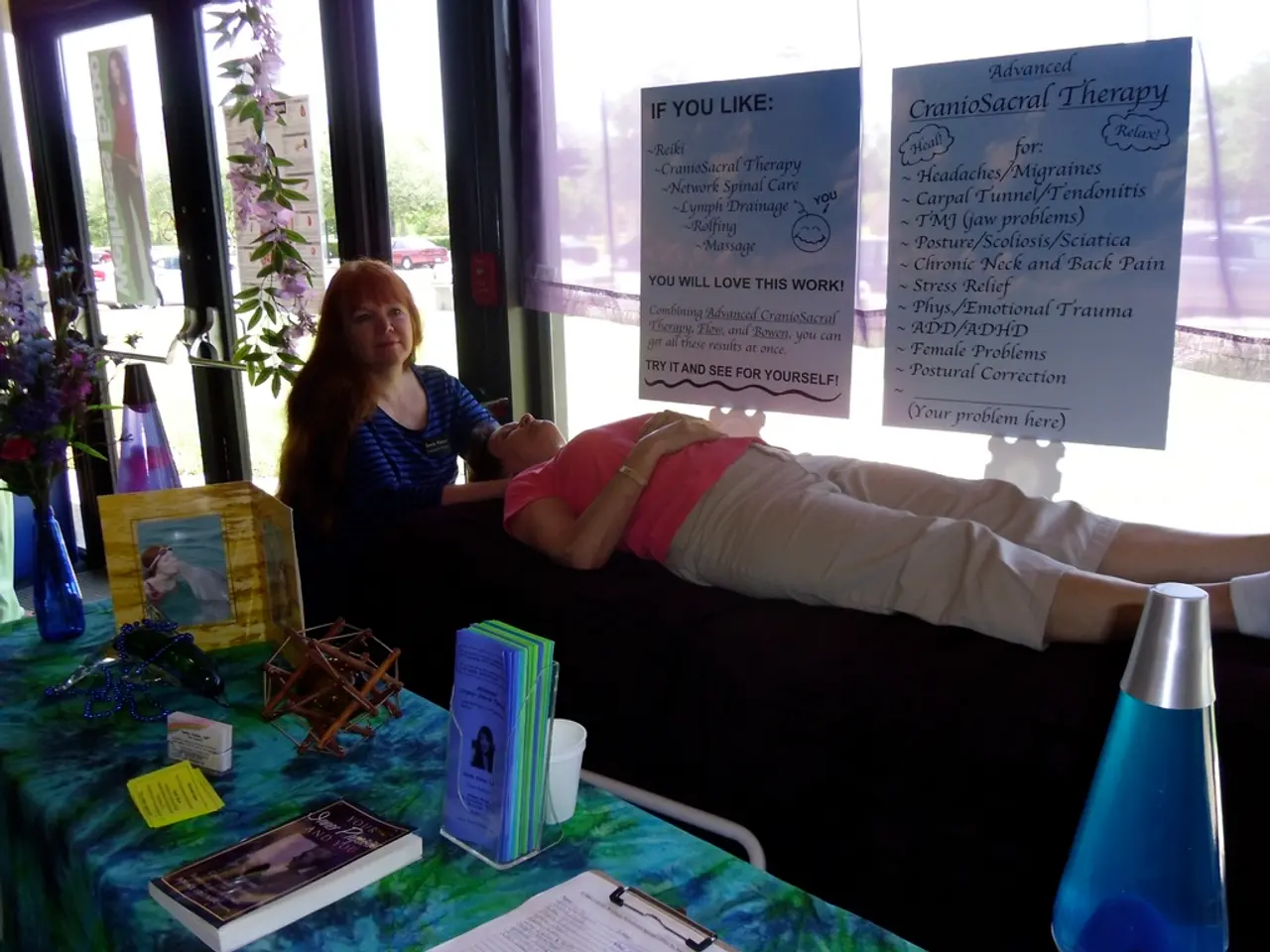Exploring the Luminescence of Gemstones: Uncovering the Glow
Unveiling the Power of Fluorescence in Gemmology
Fluorescence, a fascinating phenomenon in gemstones, is a crucial tool in gemmological testing. When exposed to ultraviolet (UV) light, some gem materials absorb the energy and re-emit it as visible light, showcasing unique colours and intensities. This property aids in the identification, differentiation, and authentication of gemstones.
The Role of Fluorescence in Gemmological Testing
- Identification of Gemstones: Many gemstones exhibit distinctive fluorescence colours under shortwave (SW) or longwave (LW) UV light, enabling gemologists to recognise specific species or varieties. For instance, certain sapphires and opals fluoresce distinctly, aiding in their identification.
- Distinguishing Natural from Synthetic: Synthetic gemstones often fluoresce differently compared to natural ones. For example, synthetic sapphires show fluorescent colours unlike their natural counterparts, which helps gemologists tell them apart.
- Detecting Treatments or Impurities: Fluorescence can reveal internal features or chemical impurities, providing clues about the gemstone's origin or history.
- Non-Destructive Testing: Fluorescence tests are quick, non-destructive, and require relatively simple equipment, making them practical in both laboratory and field settings.
Examples of Gemstones Exhibiting Strong Fluorescence or Phosphorescence
| Gemstone | Fluorescence Color & Notes | |-------------------|-------------------------------------------------------------------------| | Hyalite Opal | Exhibits a brilliant green fluorescence, especially under shortwave UV due to uranium impurities; appears colourless or lightly yellow in normal light. | | Diamonds | Often fluoresce blue under UV light; some exhibit phosphorescence, glowing after UV source is removed. Fluorescence can assist in authenticity tests but is not definitive alone. | | Sapphires | Natural blue sapphires may show weak red fluorescence; African blue sapphires show moderate to strong orange fluorescence under SW UV. Synthetic sapphires fluoresce in different hues (e.g., chalky blue, yellow-green, orange-red), aiding identification. | | Other Sapphires (Synthetic) | Fluoresce colours such as red, orange, greenish-blue depending on variety and testing wavelength (LW or SW). |
Phosphorescence, a related but distinct phenomenon, occurs when some gemstones continue to emit light after the UV source is removed. This phenomenon is tested under controlled lab conditions using shortwave UV light and can also be a diagnostic feature.
In summary, fluorescence offers gemologists a powerful, practical tool for gemstone identification, authenticity verification, and distinguishing natural from synthetic varieties, with notable examples including diamonds, hyalite opal, and various natural and synthetic sapphires exhibiting characteristic fluorescence or phosphorescence colours and intensities.
- Luminescence in gemmology generally refers to the term photoluminescence, which is the emission of a cold, visible light when a gem material is excited by light of a shorter wavelength.
- Different types of UV light used in gemstone testing are long wave (LWUV) with a principle wavelength of 365nm and short wave (SWUV) with a principle wavelength of 254nm.
- The article recommends signing up for one of Gem-A's courses or workshops for those interested in learning more about gemmology.
- Synthetic verneuil sapphire, scapolite, natural sapphire, topaz, and citrine are examples of gemstones that can be tested using UV light.
- UV keyrings, a common testing equipment, are typically LWUV and used to test gemstones by placing them table-down if facetted, holding the keyring approximately two inches away, and recording whether the stone is inert or fluorescing, and the strength of the reaction.
- The Hope Diamond strongly phosphoresces, emitting a bright red light for several minutes after being excited by short wave UV light.
- The phenomenon of fluorescence in gemmology can help in distinguishing medical-conditions, such as the Hope Diamond's famous phosphorescence, which emits a bright red light for several minutes after being exposed to shortwave UV light.
- In addition to identifying and authenticating gemstones, the study of fluorescence in gemmology can be beneficial for health-and-wellness, as understanding gemstone properties can provide insights into their potential use in health-related applications.
- Advancements in technology have led to the development of new methods for testing gemstones using UV light, such as UV keyrings, which are a practical, portable tool used for quick, non-destructive testing in both laboratory and field settings.
- Joining Gem-A's membership offers access to a wealth of publications, courses, and workshops that are designed to further one's knowledge in the science of gemmology, from understanding the properties of fluorescence to mastering the art of identifying gemstones.
- Aside from the well-known examples like diamonds, hyalite opal, and various sapphires, other gemstones such as scapolite, topaz, and citrine can also be tested for their fluorescence or phosphorescence properties, providing gemologists with valuable information in the field of gemmology.




